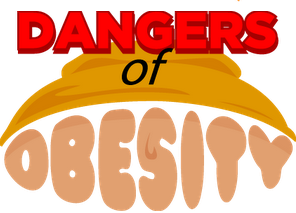Pancreatic Cancer Factors Same as CVD
 The evidence continues to mount linking an increased risk of developing pancreatic cancer with much the same risk factors now linked to a much higher risk of cardiovascular disease (CVD). Pancreatic cancer is a very deadly cancer killing more than 35,000 Americans each year. Five-year survival is less than 5% for pancreatic cancer whereas only 9% of men and 26% of women will die of prostate and breast cancers 10 years after diagnosis.
The evidence continues to mount linking an increased risk of developing pancreatic cancer with much the same risk factors now linked to a much higher risk of cardiovascular disease (CVD). Pancreatic cancer is a very deadly cancer killing more than 35,000 Americans each year. Five-year survival is less than 5% for pancreatic cancer whereas only 9% of men and 26% of women will die of prostate and breast cancers 10 years after diagnosis.
Smoking, obesity, insulin resistance, type 2 diabetes, and a diet high in fat, and especially saturated fats, all increase the risk of CVD. A recent study that followed a half million AARP members found after 6 years those consuming the most animal fats from red meats and dairy were much more likely to be diagnosed with pancreatic cancer. The men who consumed the most animal fats had a 53% increased risk of developing pancreatic cancer compared to those who consumed the least after adjusting for body weight, smoking, age, and other risk factors. The authors wrote: “We observed positive associations between pancreatic cancer and intakes of total, saturated and monounsaturated fat overall, particularly from red meat and dairy food sources.” There was no consistent association between polyunsaturated fat from plants and the risk of pancreatic cancer after adjusting for other risk factors.1An earlier study in Sweden that followed over 75,000 people for 7.2 years and found that consuming more sugar significantly increased the risk of pancreatic cancer. Their results suggested that drinking two soft drinks daily would increase the risk of pancreatic cancer by 93%. People who added sugar to their foods and drinks at least 5 times per day had a 69% increased risk of pancreatic cancer compared to those who did not add sugar to their food.2
Bottom Line: Excess calories, especially from red meat and dairy and/or from sugar appear to promote the development of pancreatic cancer in addition to type 2 diabetes and CVD.
By James J. Kenney, PhD, RD, FACN 1. J Nat Cancer Inst. 2009;101:1001:112. Am J Clin Nutr 2006;84:1171-6